10 Amazing Funicular Systems From Around the World
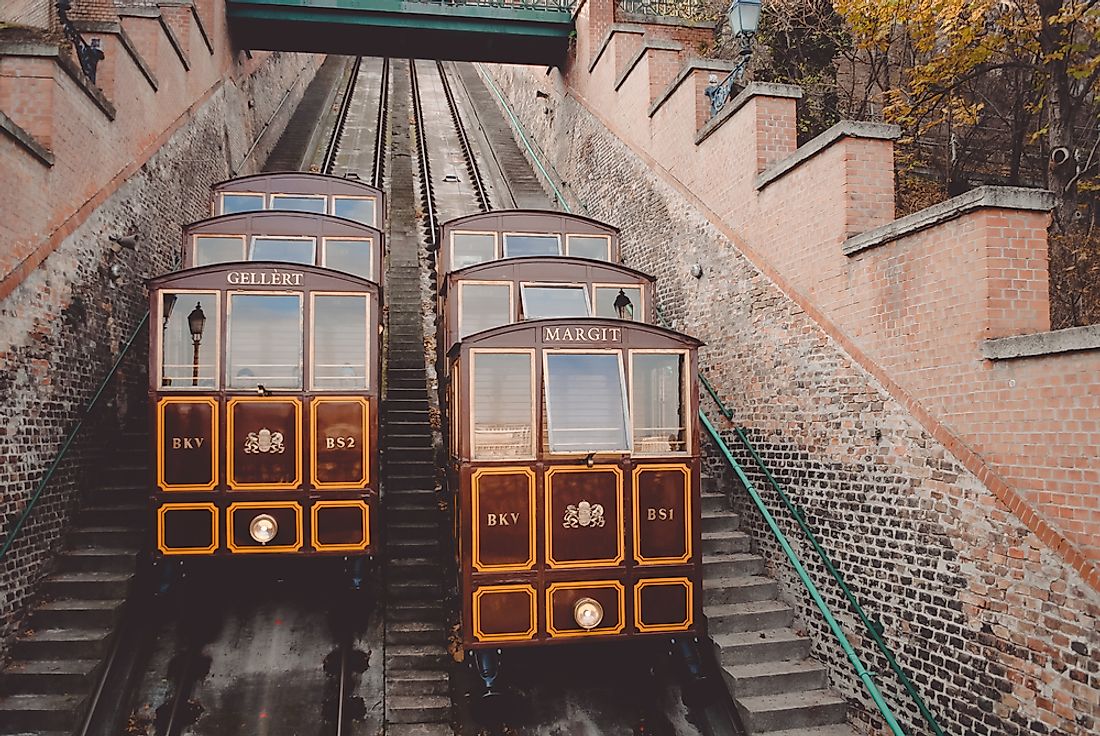
Regular trains are fine, but the most adventurous of trains are without a doubt the funiculars. A funicular provides the passengers with a spectacular view of the surrounding area as they enjoy their ride to the top. These cable railway tram-like vehicles are attached to the rails by cables. The cars move up and down the slope, connecting the bottom station to the top. The cliff railways have existed for many years and continue to be used in different parts of the globe to move passengers and goods up the slopes and slants. Each funicular is built to accommodate the specific challenging topography, with each bearing its own off-kilter design. Here are the ten of the most interesting funiculars found all over the world.
10. Castle Hill - Budapest, Hungary
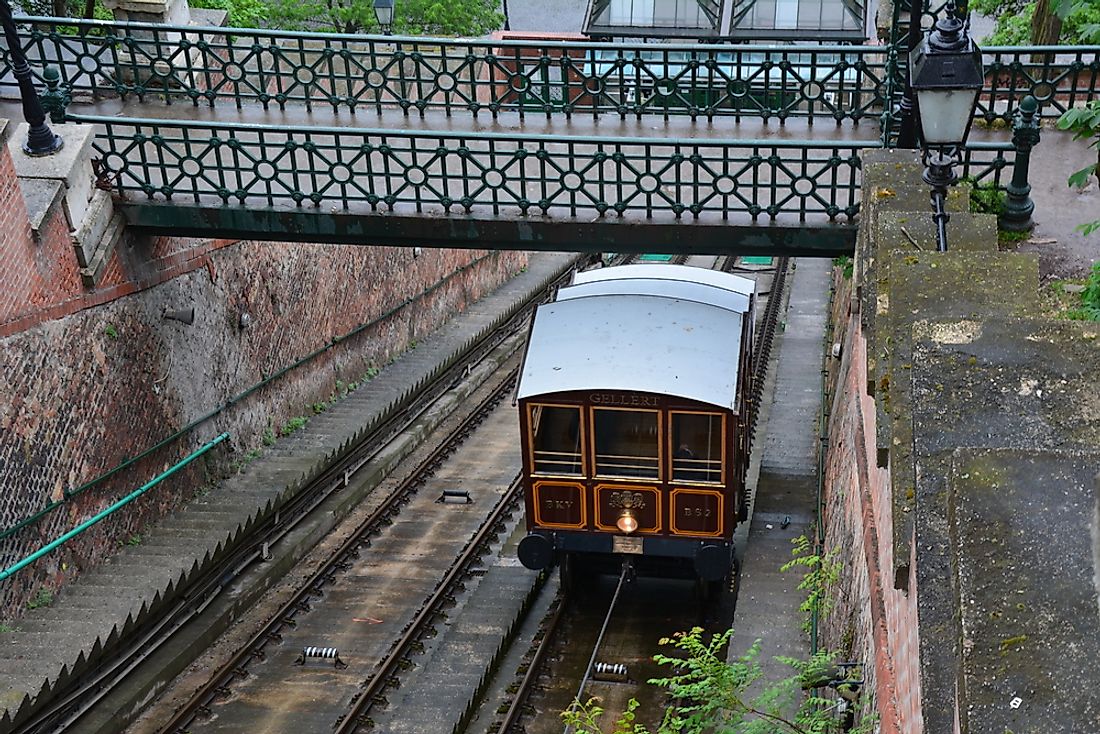
Castle Hill, Budapest contains some of the most important medieval monuments and museums in the world. Travelling by the Buda Hill Funicular to the Castle Hill is a pleasant way to have a view of the surrounding area. The ride takes a few minutes but provides a unique and beautiful view of Budapest, the Danube, and several attractions at the top of the Castle Hill. The Funicular connects the banks of River Danube and the Buda Castles and has been in operation since 1870. It runs on a 95-meter route and has two stations, the upper station on Castle hill while the lower station is at Chain Bridge.
9. Penang Hill Railway - Penang, Malaysia
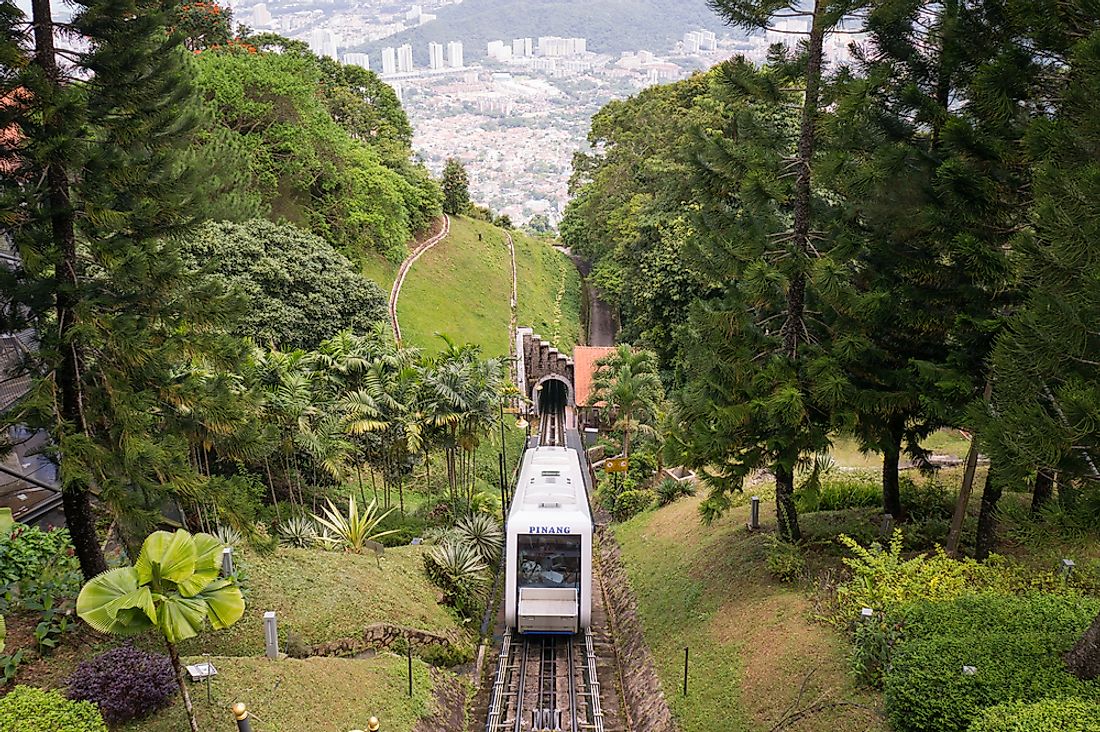
The Penang Hill Railway facilitates the climbing of the Penang Hill from Air Itam. It was first opened to the public in 1923 as a 2-section railway. It takes about 5-20 minutes to complete the journey to the top using the funicular train coach. The train coach may also make stopovers at intermediate stations if need be. The Penang Hill Railway was initially constructed to enable the British colonialists enjoy the cool air of the Penang Hill. The line is approximately 2,976 feet long with a gradient of 50.5%, reaching 1,047 feet to the top.
8. Carmelit - Haifa, Israel
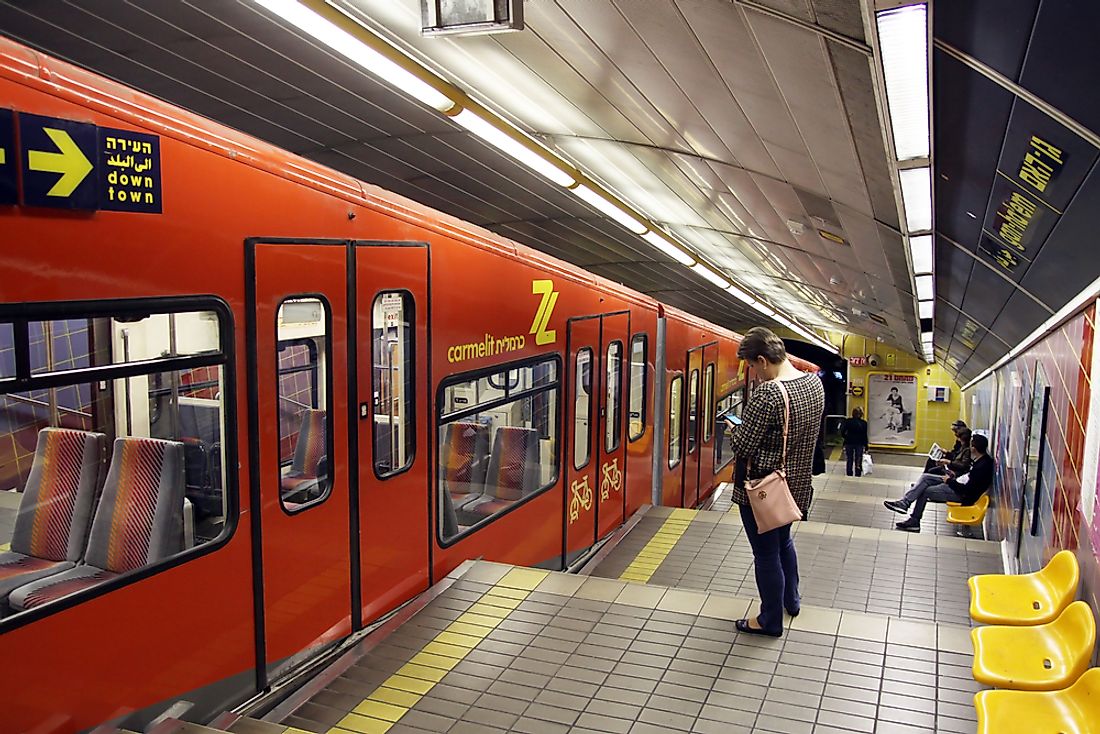
Carmelit is one of the smallest underground subways in the world. It runs between two sweeping staircases. The funicular is a municipal transport system that is used by the slanted cars of riders heading to Mount Carmel, Israel from the shores of Mediterranean shore. It only takes eight minutes to get to the top of Mount Carmel using the Carmelit funicular. The Carmelit ascends about 899 feet over the course of its 1.1-mile run. The funicular is not as popular today as it was when it was opened in 1959 but none the less, the counter-balance cars continue to make trips daily.
7. Bica Funicular - Lisbon, Portugal
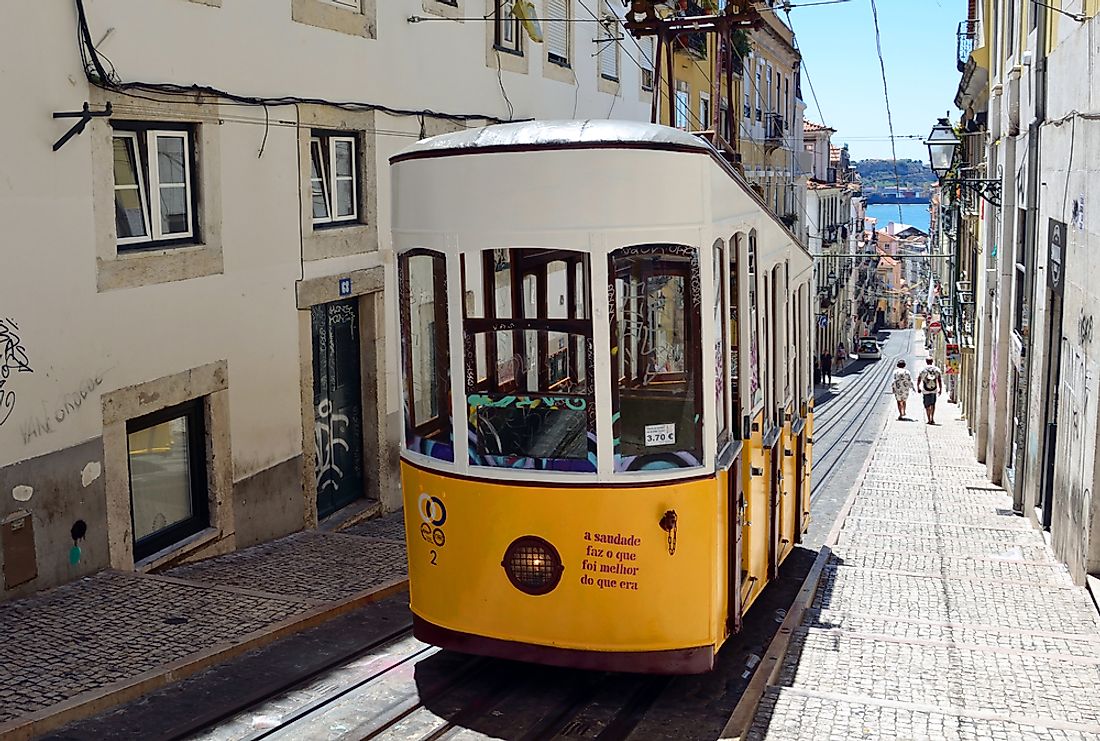
The Bica Funicular in Lisbon, Portugal is operated by Carris. The funicular forms the link between Calcada do Combro and Rua de S. Paulo. It was opened in 1892 and climbs Rua da Bica de Duarte Belo for approximately 804 feet. The lower station is hidden behind the facades on the Rua da S. Paulo with the famous inscription “Ascensor da Bica.” Bica funicular was opened to the public in 1892 and designated a national museum in 2002.
6. Old Quebec Funicular - Quebec City, Canada
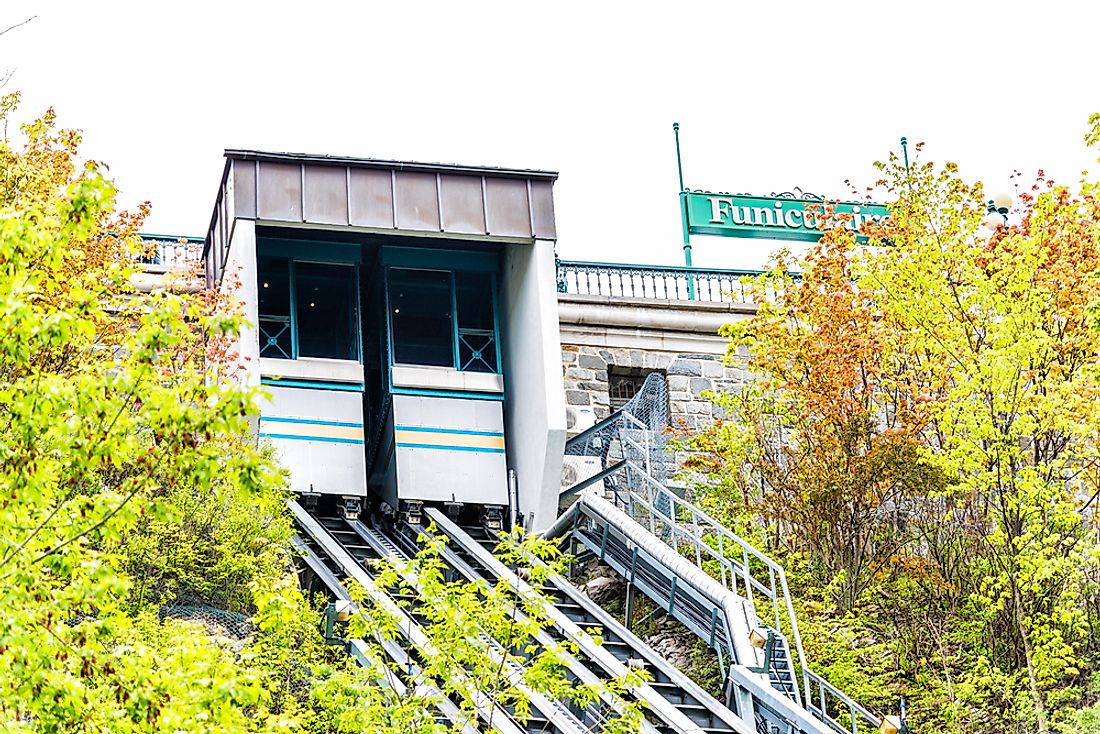
The Old Quebec funicular has been hosting passengers in the Old Quebec neighborhood for over a century. It was built in 1879 and links the Lower Town or Basse-Ville to the Upper Town, also known as Haute-Ville. The Old Quebec funicular is a 210-foot long dual-car railroad and has a gradient of 45%. It deposits passengers 194 feet above the start point. The line is configured to a double track and can be served by two cars. The ride offers a panoramic view of the Lower town and the River below
5. Sant Joan Funicular - Montserrat, Spain
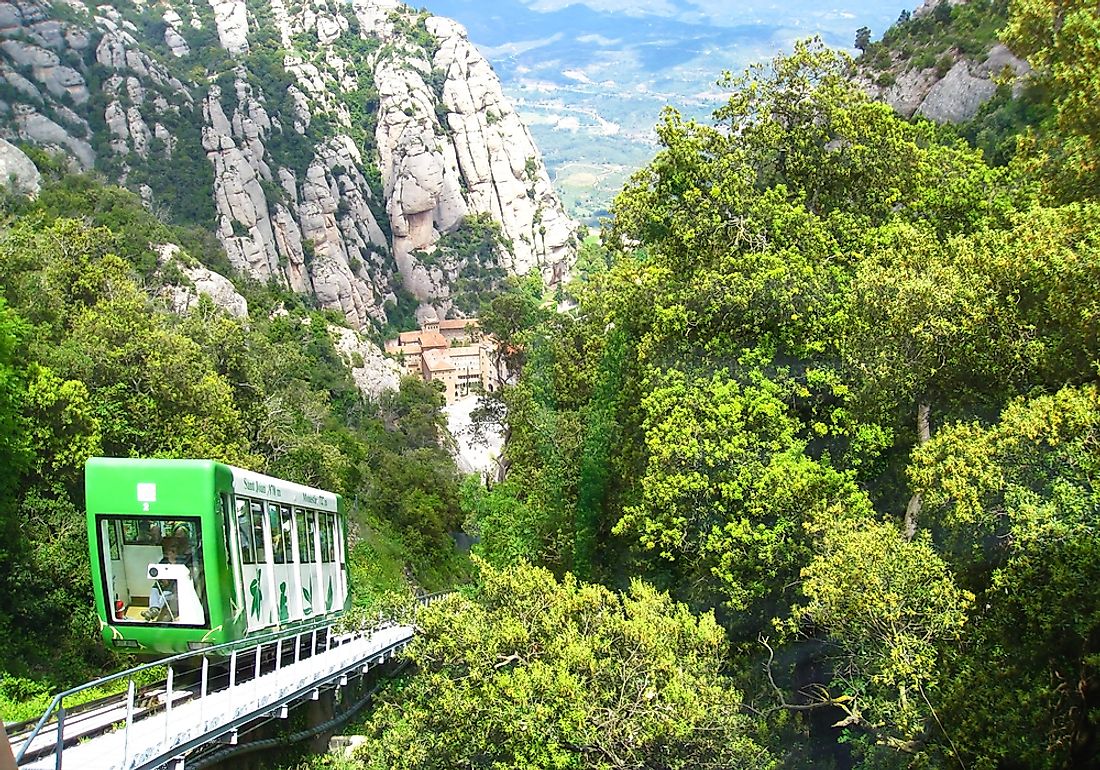
Sant Joan offers a memorable experience with the best panoramic view of the Montserrat Mountain. It was built in 1918 to connect the monastery to the Sant Joan Chapel. Sant Joan is the steepest funicular in Spain, with a maximum gradient of 65%. It only takes six minutes to cover the 1,650-foot long distance from the bottom to the top. Each car has a capacity of 60 passengers. At the top station, one can visit Aula de Natura. The funicular has a single track with passing loops with cars having a transparent roof to ensure that the passengers enjoy the view as they ascend the mountain.
4. Hong Kong Peak Tram - Hong Kong
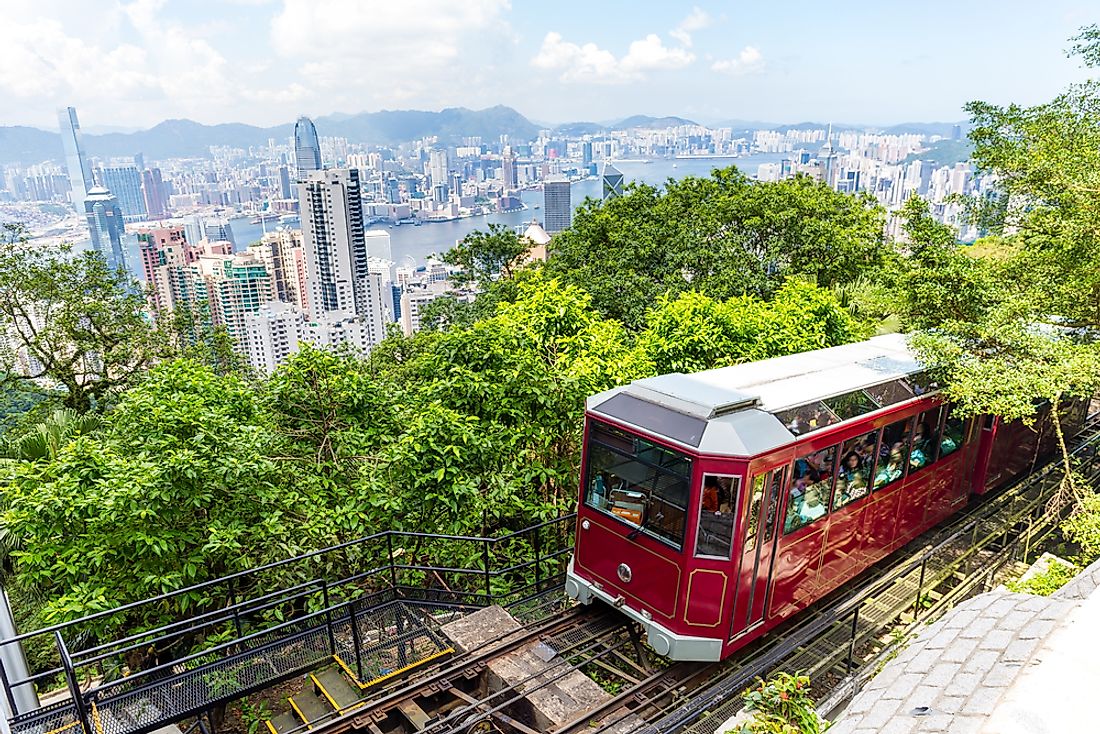
Peak Tram runs approximately 4,475 feet up the Victoria Peak and has a history museum at the bottom and s shopping mall and an observation platform at the top. The cable car is roughly a 5-minute ride and provides a scenic view of the surrounding area. The Peak Tram route covers a distance of about 0.87 miles and an elevation of 1.312 feet, providing the most direct route from the Garden Road Admiralty to the Victoria Peak. The tram system has undergone overhaul including a switch from coal-fired engine to electric motors.
3. Monongahela Incline - Pittsburgh, United States

The Monongahela Incline is located about a mile away from the Duquesne incline in Pittsburg. It is the oldest continuously running funicular in America, having started operating in 1870. Originally, the Monongahela incline was constructed to transport German coal workers on Mount Washington and the nearby Ormsby mine gravity plane, but today it operates as a popular tourist attraction. The lower station is at the Station Square shopping complex and can be accessed by light rail system at the Station Square station. The Monongahela Incline is about 635 feet long.
2. Atilleria Elevator - Valparaiso, Chile
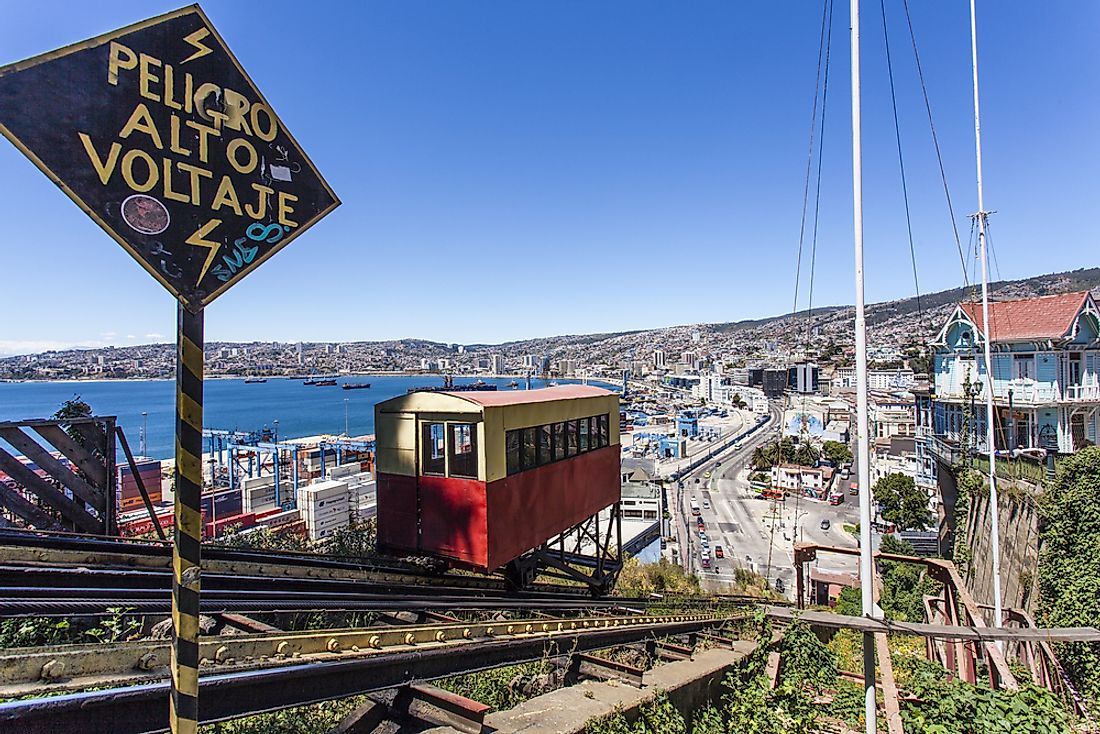
The Artilleria elevator is one of the 16 funiculars in the Chilean city of Valparaiso. The funicular connects the “plan” or flat areas of the city to the Artilleria hill and is privately owned. It was inaugurated in December 1892 but begun to run in January 1893 because of lack of water to run the machinery. It was opened to help students reach the Navy School. The elevator provides the best view of the bay and the harbor. The lower station is on Plaza Wheelwright while the top station is at the top of the Paseo 21 de Mayo.
1. Hastings Cliff Railway - Hastings, United Kingdom
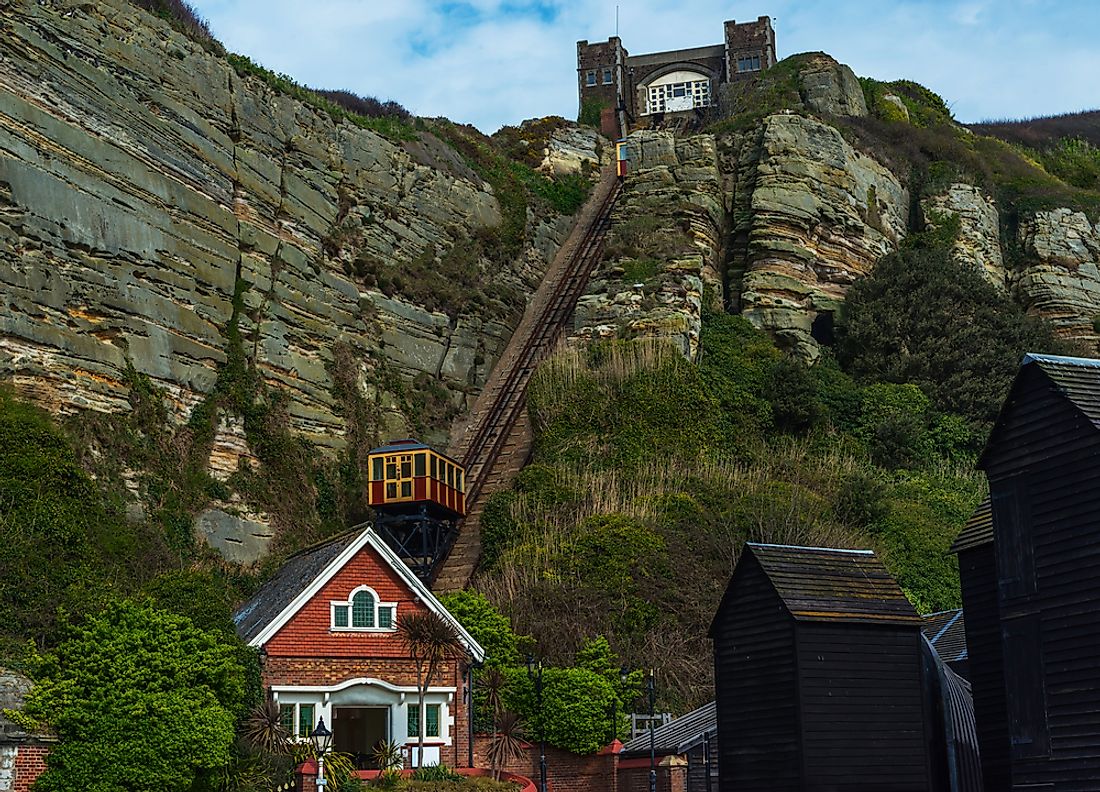
The Hastings Cliff Railway is located in the seaside town of Hastings, providing access to the Hasting Country Park. The Hastings Cliff Railways is divided into the East Hill Cliff railways and the West Cliff railways. The East Cliff is the steepest cliff railway in the country and a striking feature of Hastings. The line is about 267 feet long and was opened 1903. The West Hill Railways is the oldest working railway. It was constructed to carry passengers from George Street to the ruins of Hastings Castle at the top of Castle Hill. The West Hill Railway has a track length of 500 feet with a part of it enclosed in a cylindrical tunnel.







